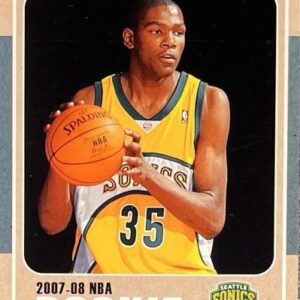In a scandal that ricochets through the world of sports memorabilia, a dramatic plot unfolds in Westfield, Indiana, with twists rarely seen outside the thrilling annals of a Hollywood crime caper. This week, Indiana authorities pulled back the curtain on an elaborate counterfeit sports memorabilia scheme, placing the spotlight squarely on Brett Lemieux, an autograph dealer whose life ended under stark and tragic circumstances amid a police investigation.
Lemieux, 45, met his end by what Westfield authorities describe as a self-inflicted gunshot wound. His demise came just as officers were preparing to execute a search warrant linked to a staggering multi-million dollar forgery operation that could taint the sports collectibles landscape for decades. While the Hamilton County Coroner’s Office has yet to release an official cause of death, the signs point to a dramatic closing act in Lemieux’s alleged criminal enterprise.
The scandal broke wide open thanks to a startling post from Lemieux himself. Described as a “confession” by those familiar with the case, the message appeared on the “Autographs 101” Facebook page—a digital watering hole for memorabilia aficionados. The post detailed an operation so expansive it baffles the imagination, with claims of over four million phony sports items produced, generating a phantom $350 million in sales. Within seconds, the authenticity anxiety in the autograph community hit an all-time high, igniting a flurry of concern about the legitimacy of every collectible on display or tucked away for safe keeping.
Mister Mancave—Lemieux’s trading guise—boldly proclaimed to house the “largest framed jersey inventory on the web.” While ostensibly anchored at a Columbus, Ohio address, no brick-and-mortar venue graced the site; instead, the business was incorporated twice in Indiana in the past five years. Despite the glitzy inventory claim, the storefront façade was as paper-thin as the stickers Lemieux used to cozy up counterfeit goods with authenticating agencies’ identities.
Lemieux’s narrative detailed a specialization in duplicating the hologram stickers from renowned authentication teams like Panini, Fanatics, Tri-Star, and others. Such was the scope of his deception that following the tragic 2020 death of basketball legend Kobe Bryant, he cooked up 80,000 spurious Bryant memorabilia items, each adorned with seemingly genuine certification marks—a move as audacious as it was audaciously fraudulent.
But Lemieux’s web of deception wasn’t confined to the hardwood court. A quick browse of his online emporium revealed too-good-to-be-true deals—a Fanatics-stickered Aaron Judge baseball went for $399, while its legitimately signed counterpart was priced at $699. Skepticism arose, but counterfeit holograms proved adept at evading scrutiny.
The wake of Lemieux’s alleged activities leaves industry figures hastening to restore confidence. Fanatics, a pillar in the sports authentication realm, assures that their overhauled hologram tech remains a robust bulwark against duplication, reinforced by collaborations with law enforcement and fraud specialists, including ex-FBI personnel, to bolster defenses against deceivers.
Whether Lemieux’s self-professed $350 million figure holds substance or not—a number disputed by industry veterans—the psychological and financial bruises linger. Steve Grad, a veteran authority on autograph authenticity, recognizes the pernicious challenge posed by intricate forgery methods like autopens, asserting that repercussions from such breaches will echo long into the future.
Unsurprisingly, whispers of déjà vu have surfaced among industry insiders. “He had autographs from athletes who hadn’t done signings in years,” remarked one dealer with a knowing nod. Those named in Lemieux’s bombshell “manifesto,” like Indiana’s Dominique Ball and Wisconsin’s Nickolas Litscher, have categorically rejected allegations of involvement. Litscher now girds for legal recourse after being dragged into the scandal.
Under a shroud of different business nom de plumes—Ultimate Sports, Athletes One, Signature Dog, and All-American Authentics—Lemieux’s labyrinthine dealings spread across platforms as collectors reel from the duplicity. As authorities untangle this skein of forgery and deceit, sports memorabilia enthusiasts are left sifting through their collections with renewed skepticism as the shimmer of their treasures is cast under a shadow of doubt.
For the sports collectibles market, this caper turns out to be a clarion call, underscoring a crucial need for vigilance and the ceaseless evolution of fraud prevention strategies. Lemieux’s story, tragic yet eye-opening, serves as a poignant reminder that even in hallowed halls of sporting legacy, everything that glitters isn’t gold.






